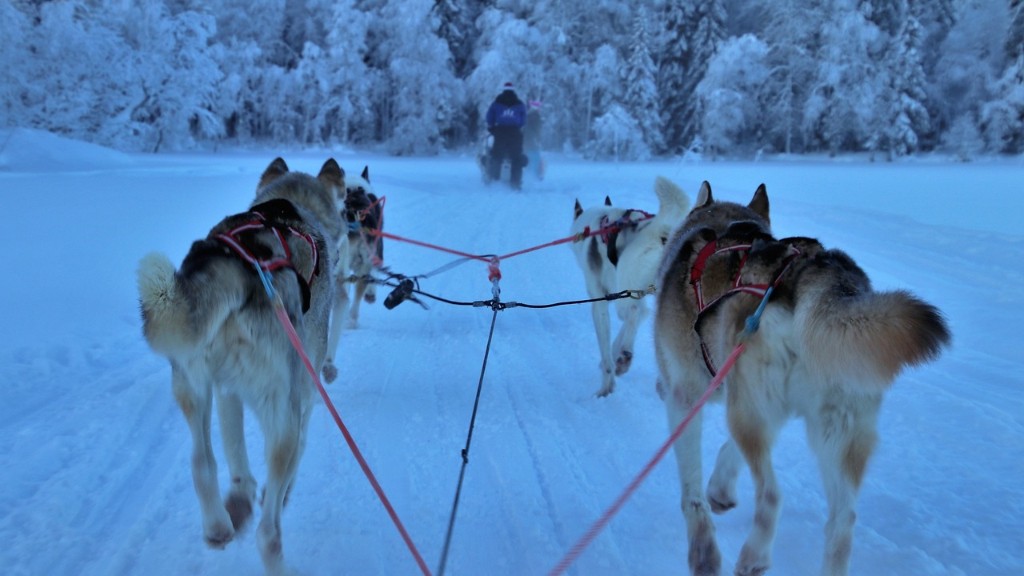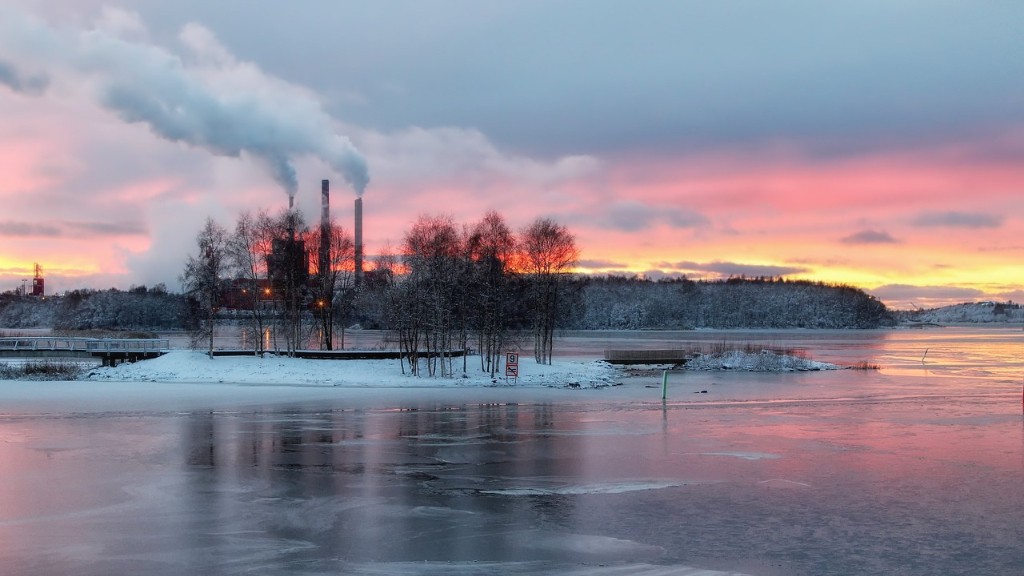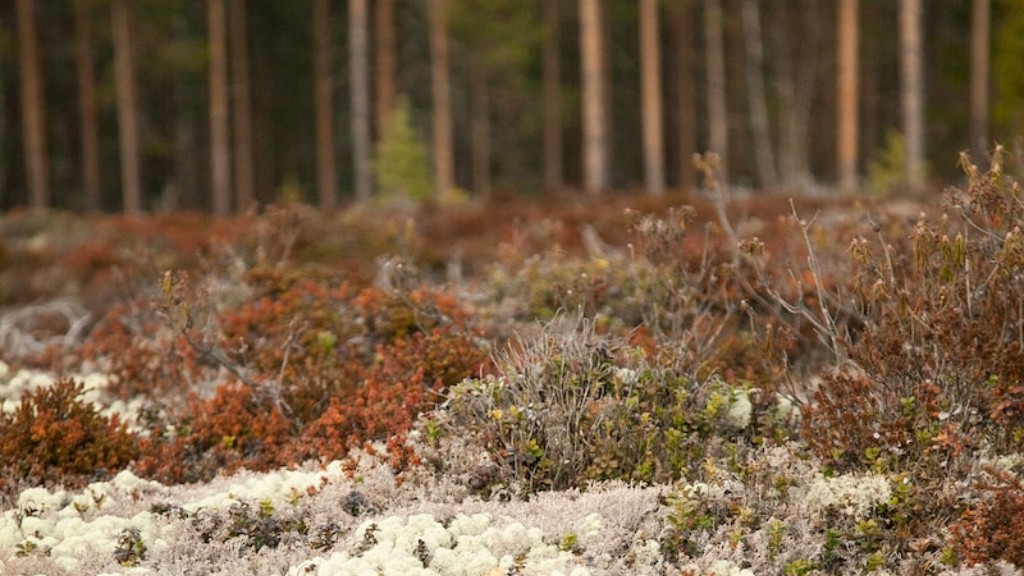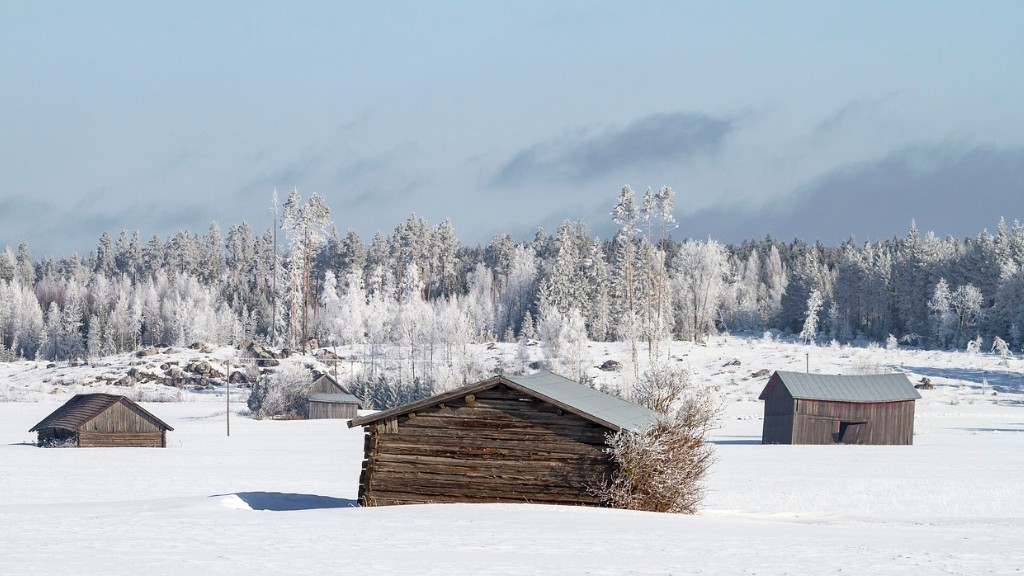Finland’s Role in World War II
World War II, one of the deadliest conflicts in human history, involved numerous countries from around the world. Many discussions focus on the major powers such as Germany, the Soviet Union, and the United States, but it is important not to overlook the contributions and experiences of smaller countries like Finland. Finland, located in Northern Europe, had a unique role in World War II, and its actions during the conflict continue to be a subject of analysis and debate among historians.
Finland’s involvement in the war can be traced back to its complicated relationship with the Soviet Union. The Soviet Union had territorial demands on Finland, which led to the Winter War between the two nations in 1939-1940. Despite being significantly outnumbered and outgunned, Finland managed to resist Soviet aggression, gaining international sympathy. In the subsequent Moscow Peace Treaty, Finland ceded some territories but managed to retain its independence.
However, Finland’s relationship with the Soviet Union remained strained, and the country found itself in a difficult position when Germany invaded the Soviet Union in 1941. Finland shared a border with the Soviet Union, and the Finnish government viewed the war as an opportunity to regain lost territories. Thus, Finland joined the war on the side of the Axis powers, although it did not formalize any military alliance with Germany.
Finland’s military involvement in the war mainly focused on the Eastern Front, where Finnish forces fought alongside German troops against the Soviet Union. Finnish soldiers participated in several large-scale offensives, such as the Siege of Leningrad and the Battle of Tali-Ihantala. The Finnish army had some notable successes and managed to advance its positions, but it ultimately fell short of achieving its territorial objectives. Finland’s military contributions were significant, considering the country’s size and resources.
It’s important to note that Finland’s motivations for joining the war were not solely driven by ideology or a desire for territorial expansion. The Finnish government consistently emphasized its goal of regaining lost territories and securing its borders, rather than aligning with Nazi ideology. Additionally, Finland maintained a democratic government and did not persecute its Jewish citizens during the war, which sets it apart from other countries aligned with the Axis powers.
As the tide of the war turned against the Axis powers, Finland’s leadership began seeking possibilities for separate peace with the Soviet Union. In 1944, the Finnish government signed the Moscow Armistice, which ended Finland’s hostilities against the Soviet Union and led to the expulsion of German troops from Finnish territory. However, Finland had to make further territorial concessions, losing even more land to the Soviet Union.
The legacy of Finland’s role in World War II is complex. Some see Finland as a victim caught in the middle of larger conflicts, while others criticize its cooperation with Nazi Germany. Finnish war veterans have often highlighted the bravery and sacrifices of their soldiers, and the respect for their accomplishments remains strong in Finnish society today. The war continues to be a significant part of the national narrative, shaping Finland’s post-war political and social development.
The Winter War: Finland’s Fight Against Soviet Aggression
When the Soviet Union attacked Finland in late 1939, the world was taken aback by the Finnish resistance. The Finnish army, although significantly outnumbered, showcased incredible resilience and tactical brilliance in defending their homeland. The harsh winter conditions played to Finland’s advantage, as they excelled in guerrilla warfare and effectively utilized the extensive forest cover to launch surprise attacks on Soviet forces.
However, despite their valiant efforts, the Finnish forces were ultimately forced to sign the Moscow Peace Treaty in March 1940. This agreement allowed Finland to maintain its independence but resulted in significant territorial losses and economic concessions. Nevertheless, the Winter War solidified Finland’s reputation as a nation that fiercely defends its sovereignty.
Joining the War: Finland’s Alignment with the Axis Powers
Unlike some of its neighboring countries, Finland did not enter World War II as a direct result of ideological alignment. Instead, the Finnish decision to join the war was driven by the opportunity to regain lost territories and protect its borders from a perceived Soviet threat. The Finnish government was wary of becoming a mere puppet state of Nazi Germany and took precautions to maintain its independence and democratic institutions.
Finland’s military collaboration with Germany on the Eastern Front aimed to achieve the strategic objective of territorial reclamation, rather than supporting the broader aspirations of the Axis powers. This key distinction is often overlooked when analyzing Finland’s role in the war.
Finland’s Military Campaigns: Siege of Leningrad and Battle of Tali-Ihantala
The Finnish military’s most notable contributions to the war occurred during the Siege of Leningrad and the Battle of Tali-Ihantala. The Siege of Leningrad, lasting from September 1941 to January 1944, saw Finnish forces collaborating with the German army in an attempt to cut off supplies to the city. Although they managed to advance their positions and lay siege to Leningrad, the Finnish forces were unable to capture the city.
The Battle of Tali-Ihantala, fought in June and July 1944, was one of the largest battles in the history of the Nordic countries. Finnish troops, once again fighting against the Soviet Union, demonstrated tenacity and resilience but failed to achieve their objectives. The battle resulted in heavy casualties on both sides and marked a turning point in the Finnish-Soviet war.
The Moscow Armistice: Seeking Peace with the Soviet Union
As the tide of the war began to shift, Finland’s leadership recognized the need to seek peace and distance themselves from Germany. The Moscow Armistice, signed in September 1944, ended Finland’s hostilities with the Soviet Union and prompted the expulsion of German troops from Finnish soil. However, the armistice forced Finland to make further territorial concessions, leading to the loss of even more land.
Referred to by some as the “Continuation War,” Finland’s decision to enter peace negotiations with the Soviet Union marked a shift in the country’s position and a recognition of the changing power dynamics on the global stage.
Legacy and Reflection: Finland’s Post-War Development
World War II had a profound impact on Finland’s post-war development. The loss of territory and the burden of war reparations placed significant economic and social challenges on the Finnish society. However, despite the challenges, Finland managed to rebuild and transform itself into a prosperous and innovative nation.
The lessons learned from World War II, particularly the importance of maintaining open and constructive relationships with its neighboring countries, have shaped Finland’s foreign policy approach. Today, Finland is known for its commitment to diplomacy and multilateral cooperation, serving as a non-aligned country and a strong advocate for peace and stability in the region.




